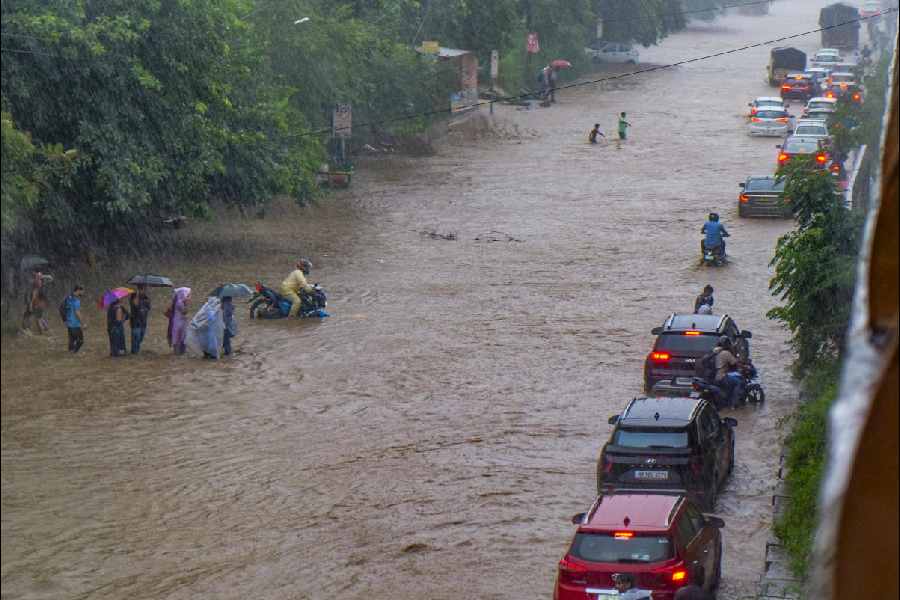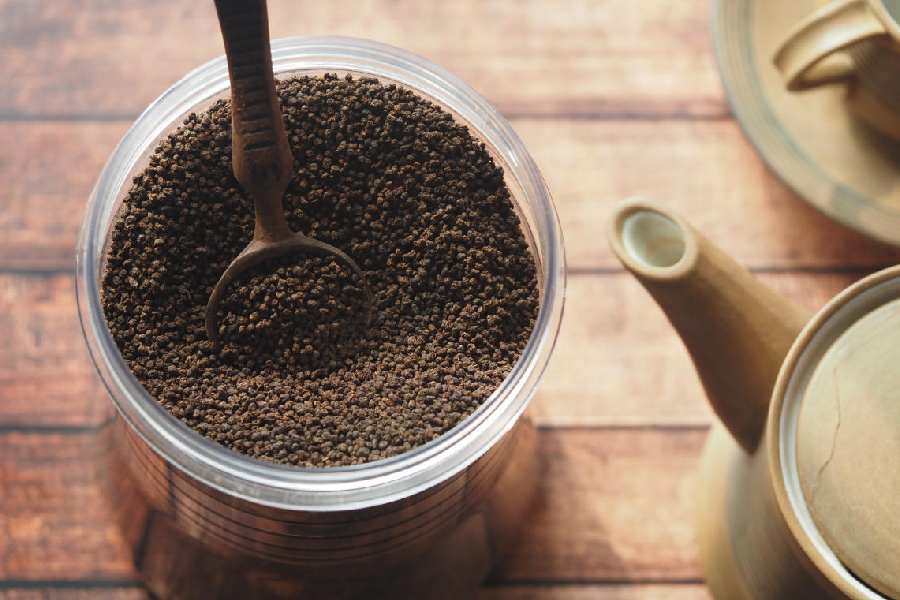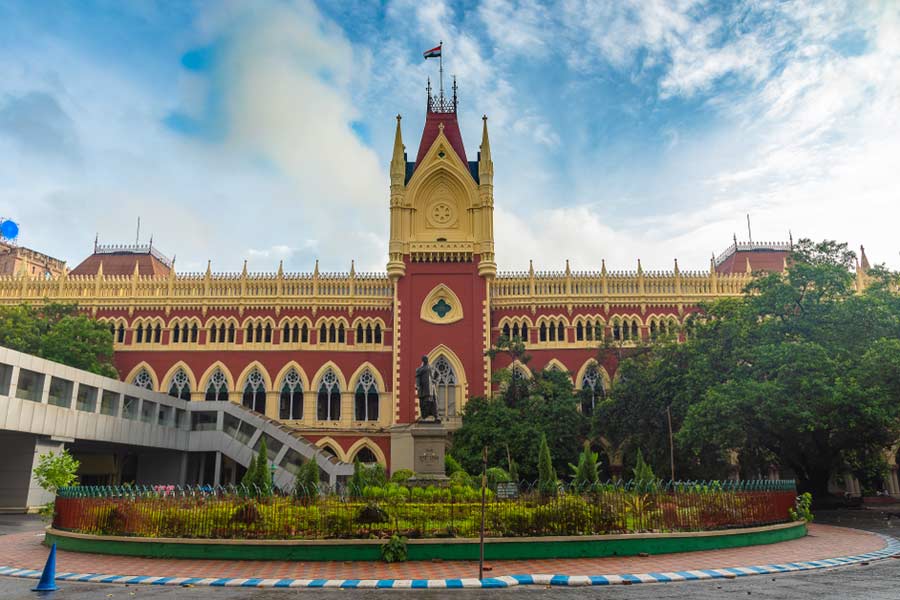
Kendrapara: Bhitarkanika national park authorities have pressed wildlife personnel into service to maintain vigil during the annual breeding season of estuarine crocodiles.
The ground level staff have already spotted crocodiles laying eggs in the wild. So vigil on the nests is being prioritised. Wildlife staff are now on job in batches to locate the nests and ensure that they are free of predation, said divisional forest officer, Rajnagar Mangrove, Bimal Prasanna Acharya.
Care is being taken by wildlife staff so that crocodiles' eggs are not devoured by predators like snakes, jackals and dogs. The national park has been closed for tourists and visitors to ensure disturbance-free annual nesting of the reptiles.
The crocodiles often turn violent and attack intruders during this period. The aim is to ensure safety of humans and provide congenial environs to the breeding crocodiles.
The enforced restriction on entry to the park was clamped on May 1 and it would continue till July 31. The breeding season of these species lasts till July end, Acharya said.
According to the latest headcount of these animals, 1698 estuarine crocodiles were found living along the Bhitarkanika's water bodies.
There are large habitats for saltwater crocodiles in Sundarbans in Bengal and large mangrove wetlands in Andaman Islands, but those cannot match density and population of crocodile found in wild habitats of Bhitarkanika. Albino estuarine species are also not found in these mangrove wetland sites, said crocodile researcher Sudhakar Kar.
Four decades ago, when the government of India and United Nations Development Programme (UNDP) thought of saving crocodiles, there were hardly three to four nests in the area while the population of salt-water crocodiles in Bhitarkanika area was estimated to be 95, including 34 adults. Now, according to the latest census, the population has swollen to 1698.











